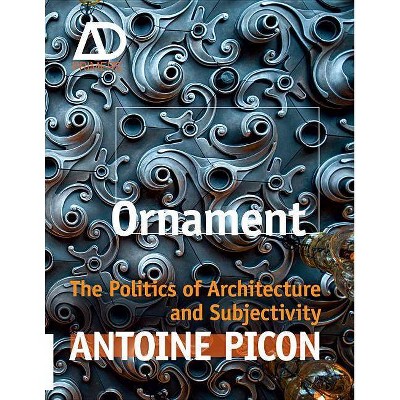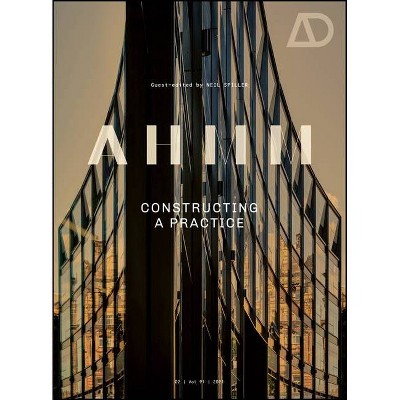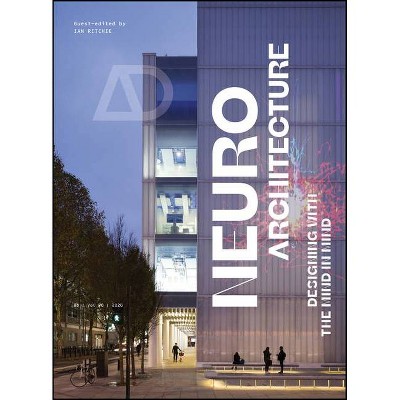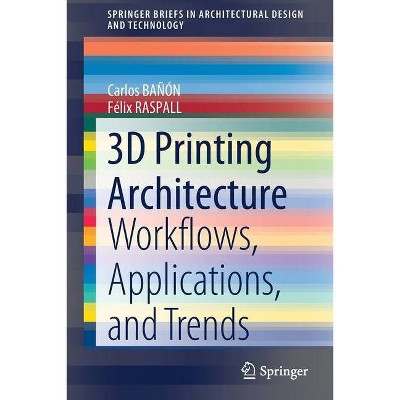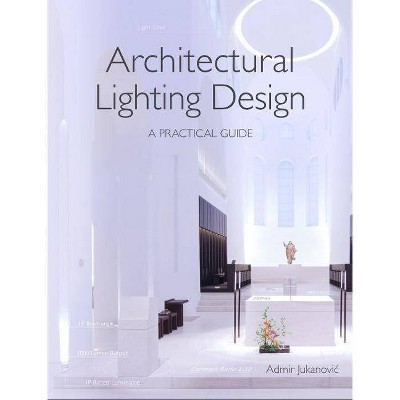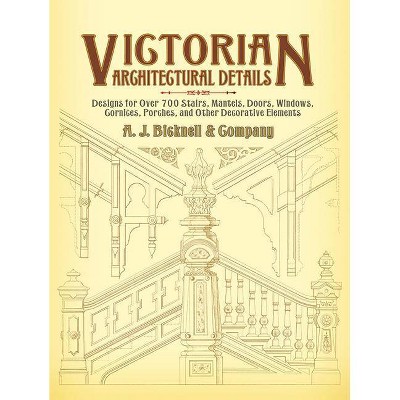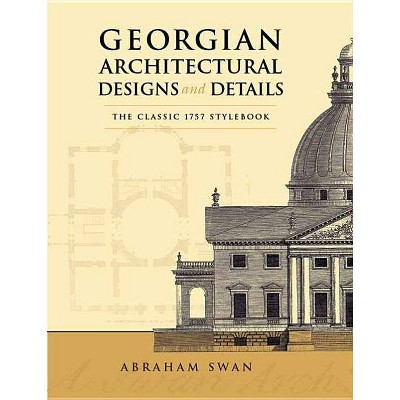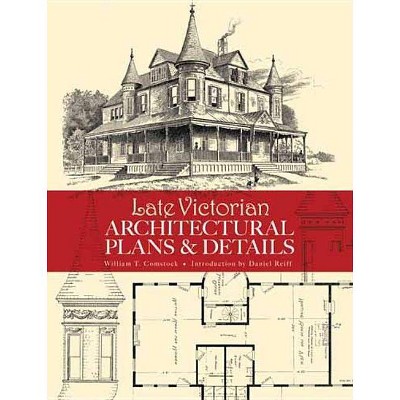Narrative Architecture - (Architectural Design Primer) by Nigel Coates (Paperback)
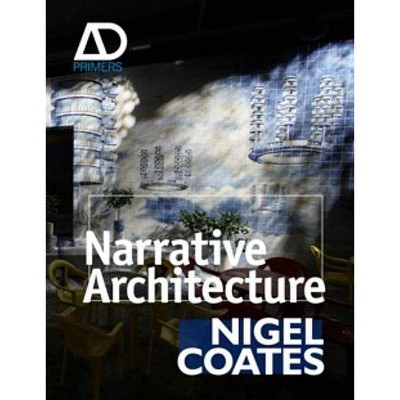
Similar Products
Products of same category from the store
AllProduct info
<p/><br></br><p><b> Book Synopsis </b></p></br></br>The first book to look architectural narrative in the eye <p>Since the early eighties, many architects have used the term narrative to describe their work. To architects the enduring attraction of narrative is that it offers a way of engaging with the way a city feels and works. Rather than reducing architecture to mere style or an overt emphasis on technology, it foregrounds the experiential dimension of architecture. <i>Narrative Architecture</i> explores the potential for narrative as a way of interpreting buildings from ancient history through to the present, deals with architectural background, analysis and practice as well as its future development.</p> <ul> <li>Authored by Nigel Coates, a foremost figure in the field of narrative architecture, the book is one of the first to address this subject directly</li> <li>Features architects as diverse as William Kent, Antoni Gaudí, Eero Saarinen, Ettore Sottsass, Superstudio, Rem Koolhaas, and FAT to provide an overview of the work of NATO and Coates, as well as chapters on other contemporary designers</li> <li>Includes over 120 colour photographs</li> </ul> <p>Signposting narrative's significance as a design approach that can aid architecture to remain relevant in this complex, multi-disciplinary and multi-everything age, <i>Narrative Architecture</i> is a must-read for anyone with an interest in architectural history and theory.</p><p/><br></br><p><b> From the Back Cover </b></p></br></br>In architecture, narrative prioritises human experiences and the need to shape them into stories. It places the emphasis on a building's meaning rather than performance. To architects, the enduring attraction of narrative is that it offers a way of engaging with the way a city feels and works. Rather than reducing architecture to a mere style or an overt emphasis on technology, it foregrounds how buildings are experienced. <p>Since the early 1980s, many architects have used the term 'narrative' to describe their work. Nigel Coates was at the forefront of this movement as one of the founders of NATO (Narrative Architecture Today) at the Architectural Association in London. During the late 1980s and early 1990s, he spearheaded narrative practice in the commercial world with designs for fashion retail, bars and nightclubs in London, Tokyo and Istanbul. Retailers, restaurant owners and event organisers, keen to talk to their customers in new ways, soon followed suit, adopting a narrative approach.</p> <p>In this book, Coates explores the potential for narrative as a way of interpreting buildings from ancient history through to the present. It features architects as diverse as William Kent, Antoni Gaudí, Eero Saarinen, Ettore Sottsass, Superstudio, Rem Koolhaas and FAT. It provides an overview of the work of NATO and Coates, as well as chapters on other contemporary designers. In so doing it signposts narrative's significance as a design approach that can aid architecture to remain relevant in this complex, multidisciplinary and multi-everything age.</p><p/><br></br><p><b> About the Author </b></p></br></br><b>Nigel Coates</b> is an architect, designer and educator. Along with eight of his ex-students, he founded the NATO group in 1983. With Doug Branson he began Branson Coates Architecture in 1985, and together they built extensively in Japan and the UK. He is a prolific product and furniture designer, and has designed for Hitch Mylius, Alessi, Fornasetti and Slamp. His drawings and furniture are in the collection of the V&A. He is the author of several books including <i>Guide to Ecstacity</i> (2003). For over 15 years, Coates was Professor of Architectural Design at the Royal College of Art, London.
Price History
Price Archive shows prices from various stores, lets you see history and find the cheapest. There is no actual sale on the website. For all support, inquiry and suggestion messages communication@pricearchive.us
